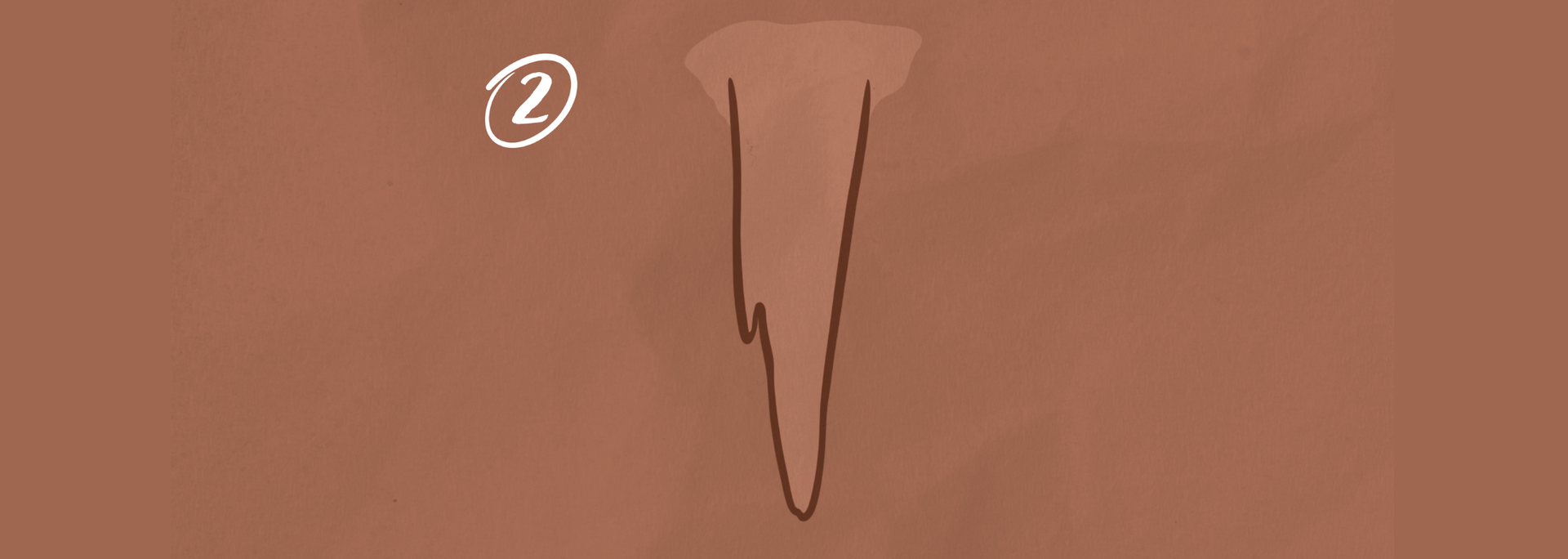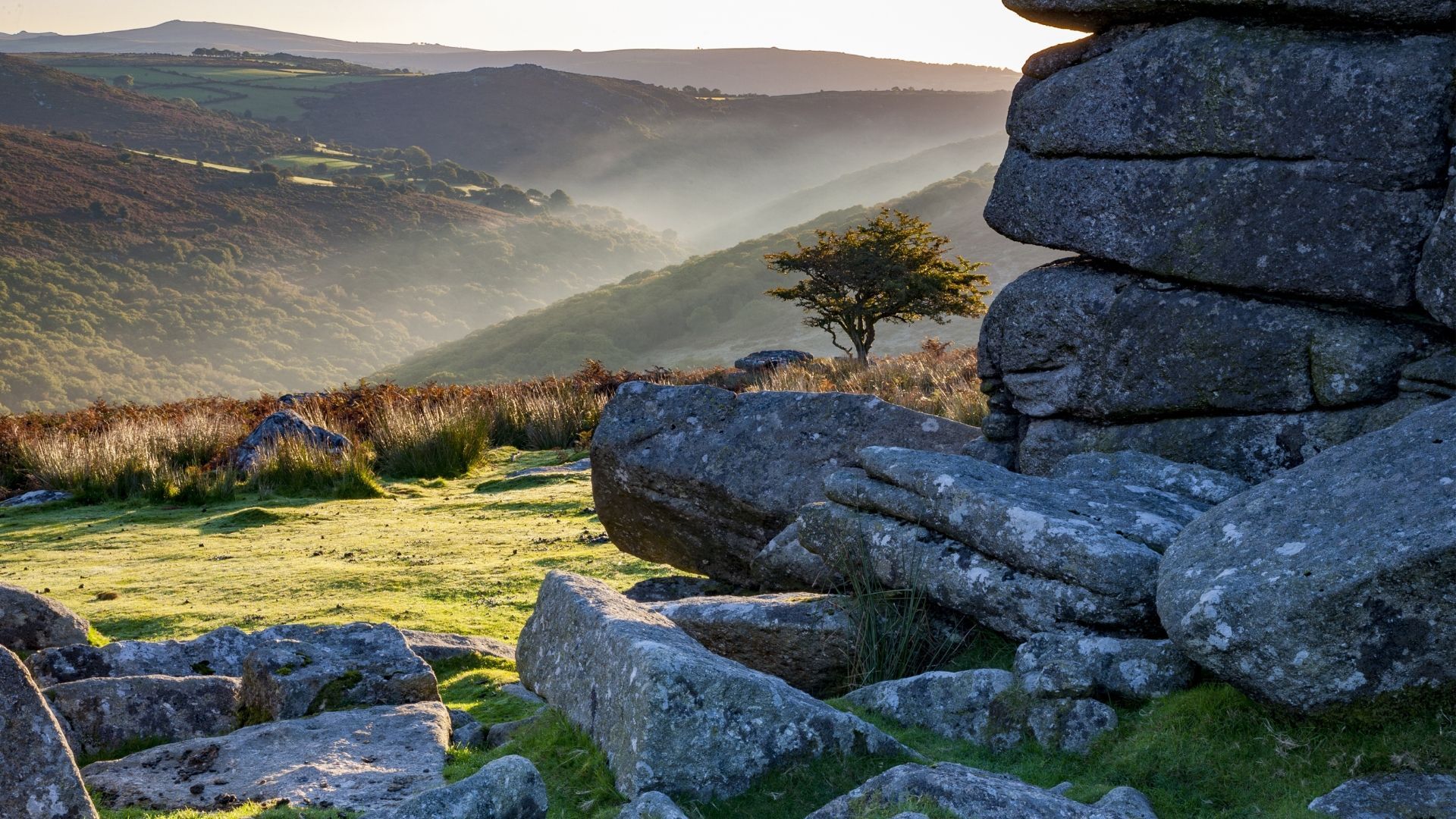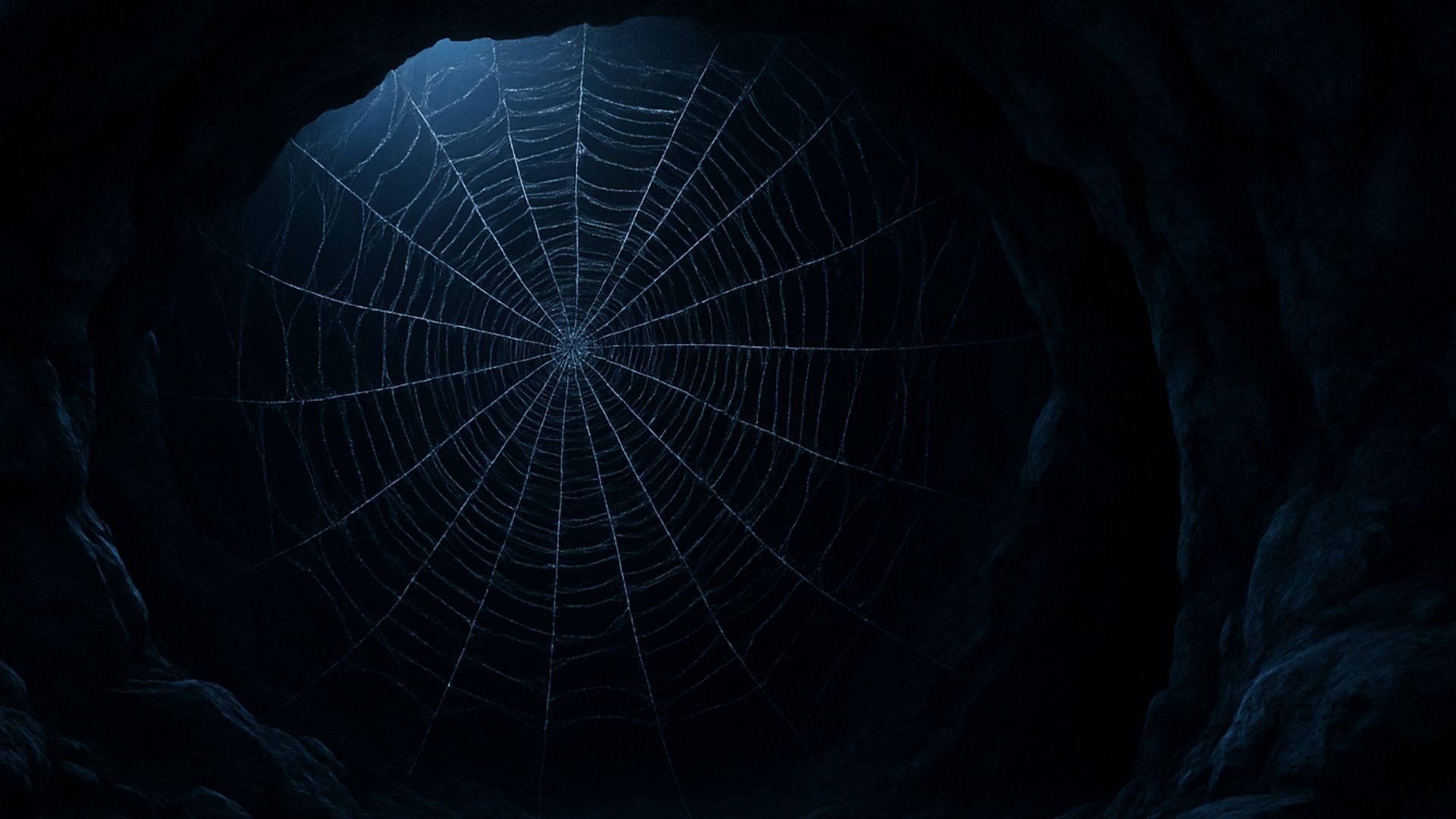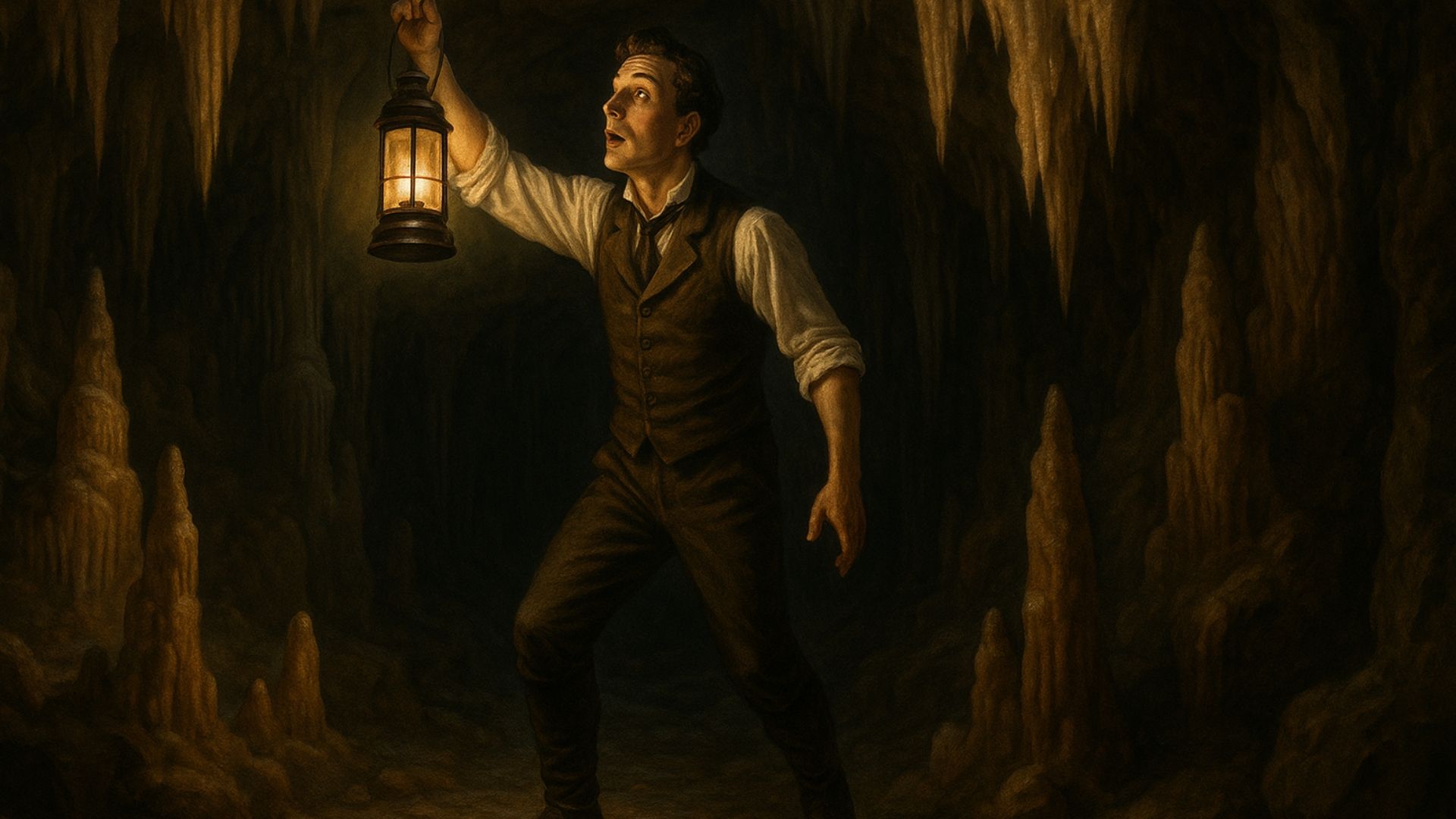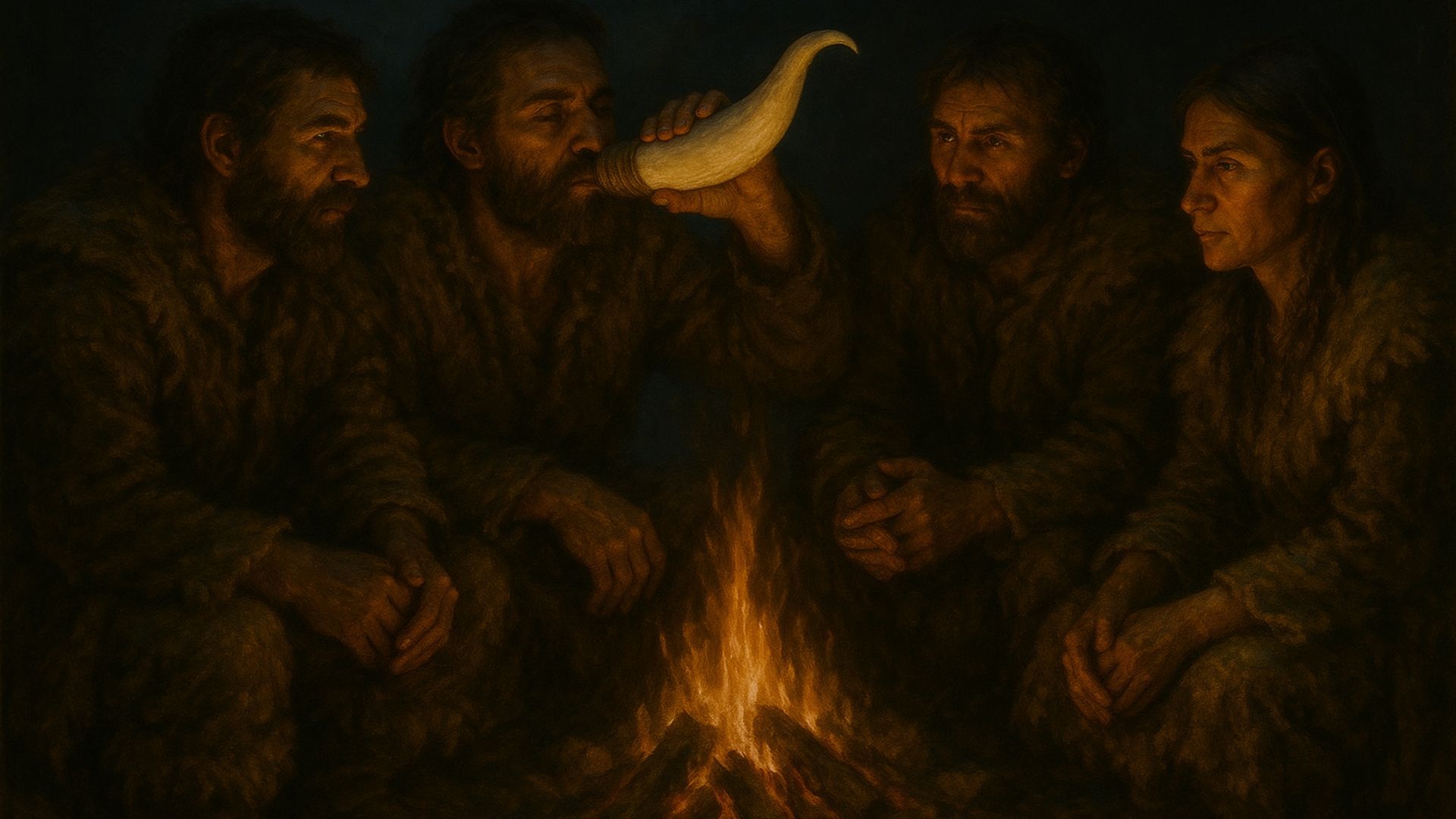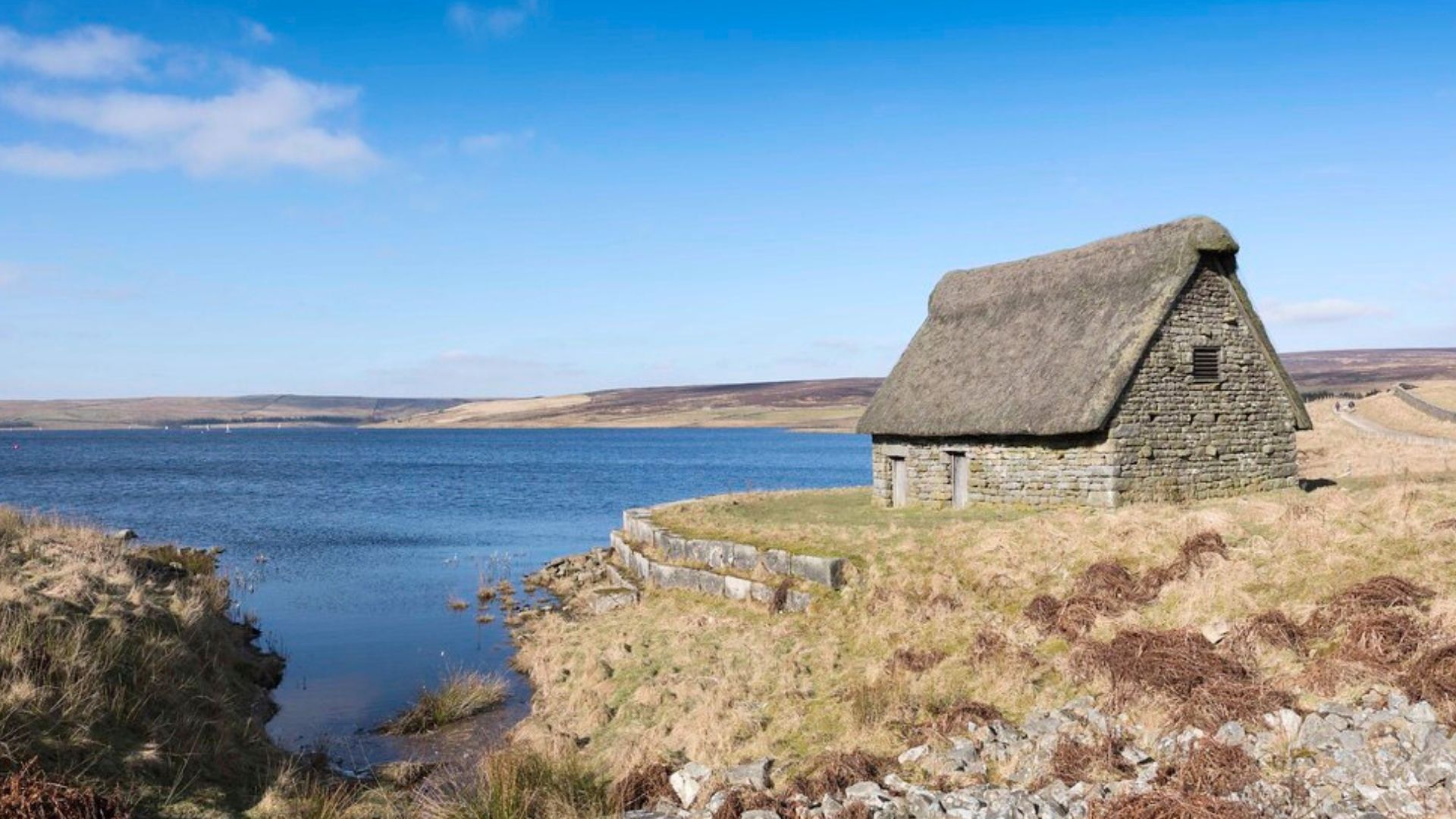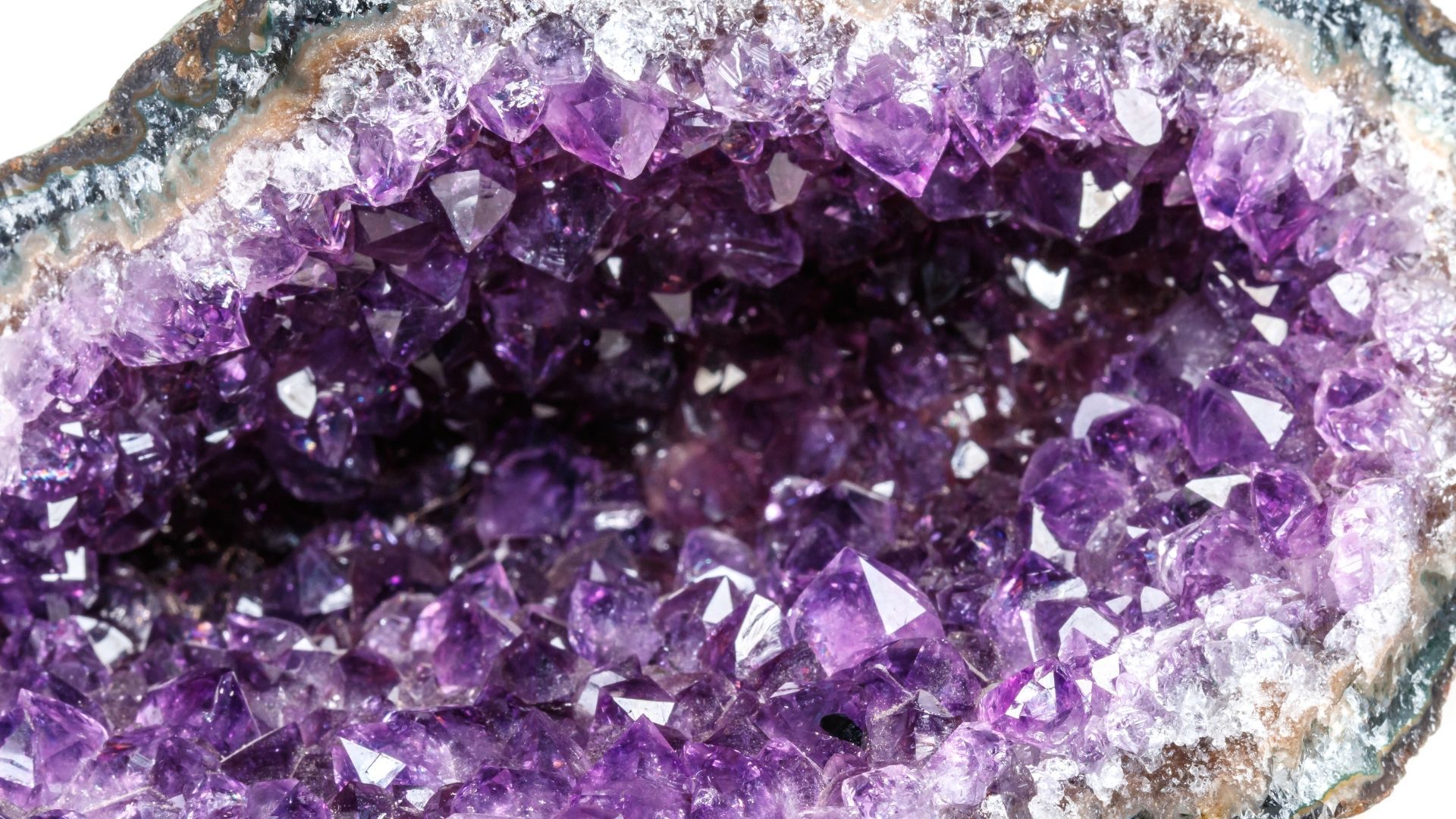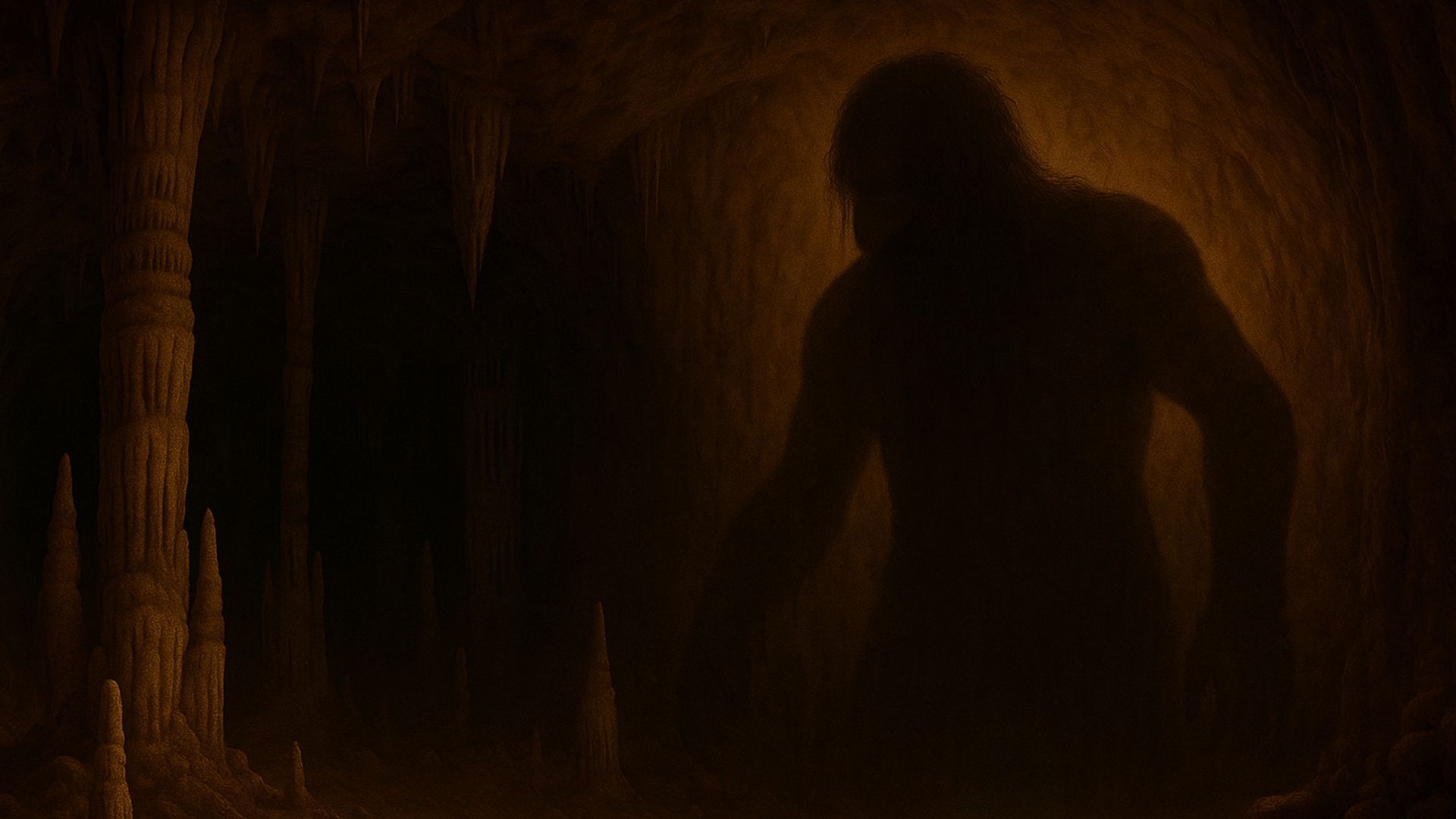In the mood to get creative? Learn how to draw stalactites and stalagmites with our step-by-step guide.
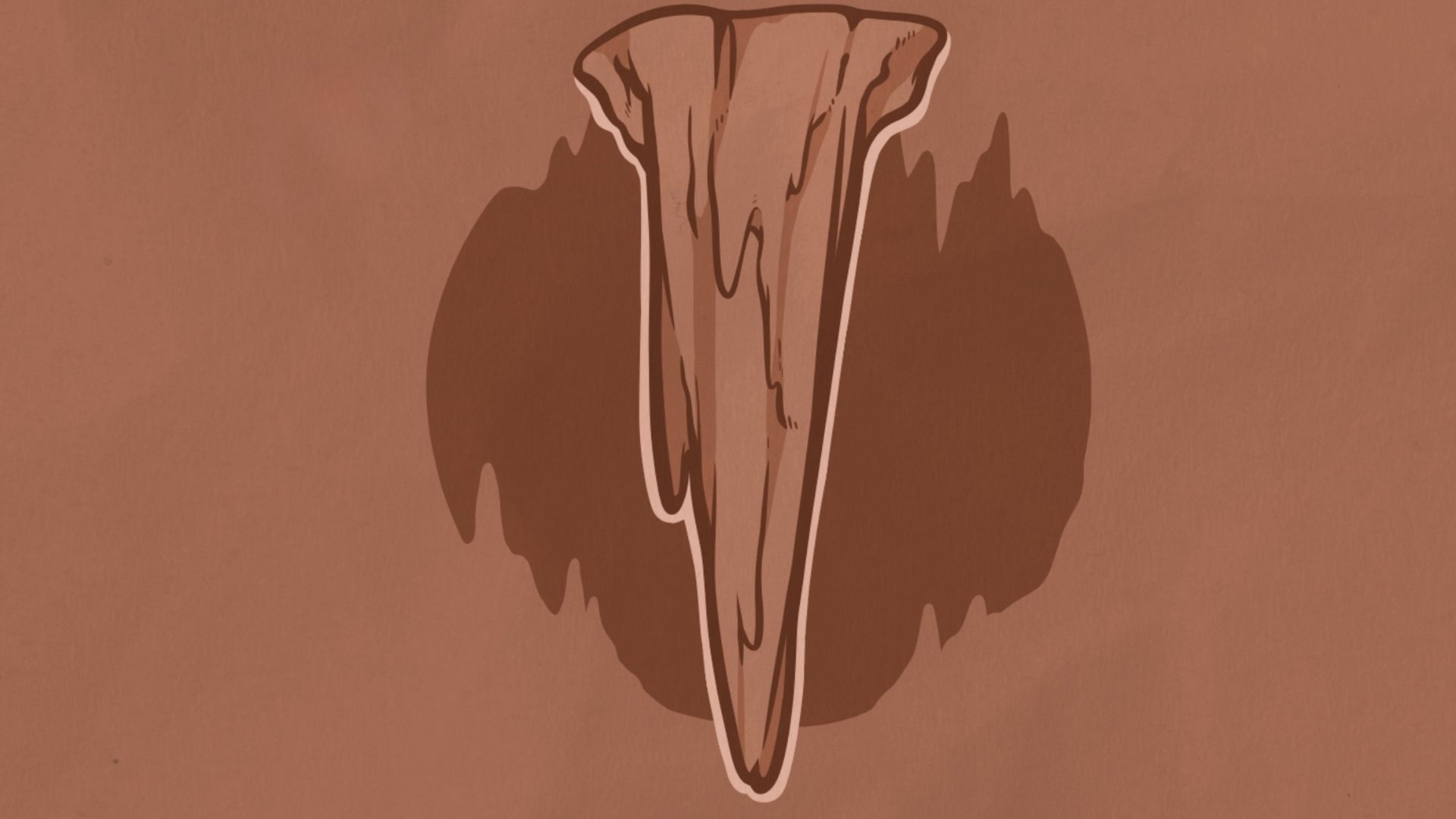
If you've visited a cave in the UK or elsewhere, chances are you've seen stalactites and stalagmites.
These are the beautiful rock formations that grow down from the cave ceiling and up from the cave floor. They look a bit like icicles. Each one is the result of thousands of years of water dripping through the Earth's surface into the cave below.
Stalactites hang from the ceiling while stalagmites grow upwards from the ground. One way of learning the difference is to remember the "c" for ceiling in stalactite and the "g" for ground in stalagmite.
If you're looking for a creative project, why not try drawing a stalactite or stalagmite? Here's how.
Choose your materials
The first thing to do is choose your materials. You could use coloured pencils, graphite pencils, charcoal, ballpoint pens, felt-tip pens or pastels.
You can draw your stalactites and stalagmites on anything from a normal piece of paper to a specialist sketchbook.
You can, of course, copy your speleothems from another picture. 'Speleothem' is the scientific word for rock formations like stalactites and stalagmites. Good sources include Google Image Search, Pinterest and books on geological formations.
But in case you want the satisfaction of drawing them from scratch, here's a simple step-by-step guide. Happy drawing!
Drawing a stalactite
1. Start with a curved line…
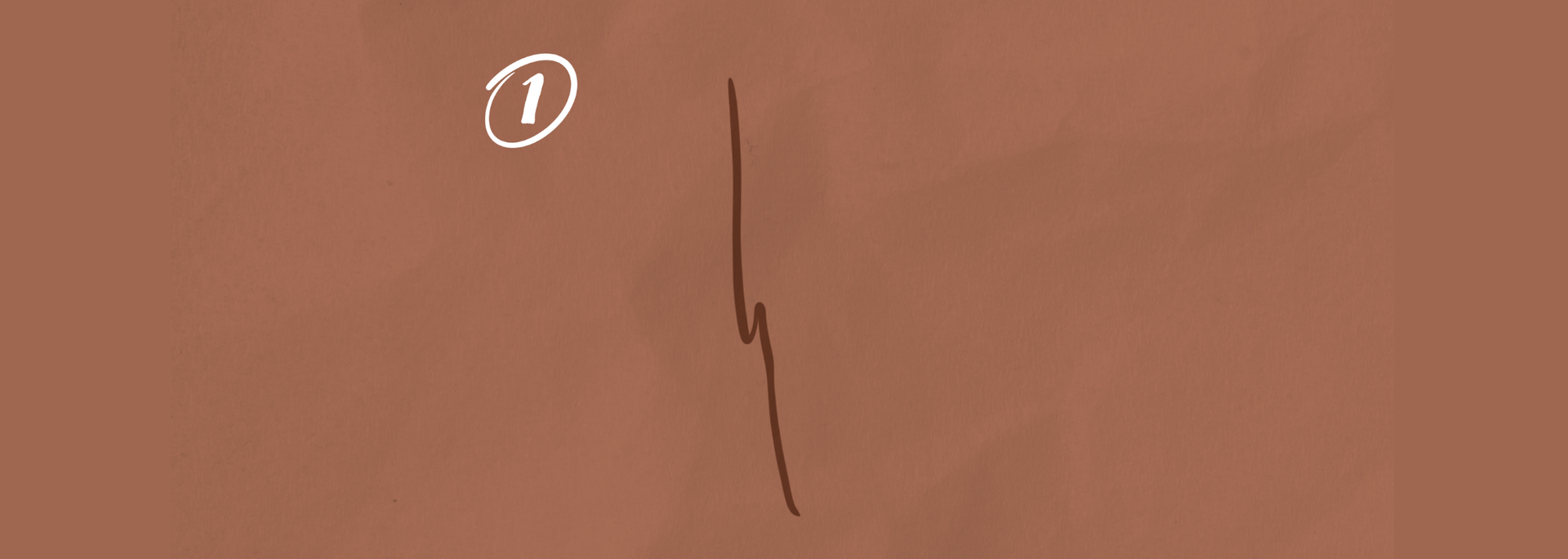
To draw a stalactite, you first need to draw a curved line that shows where the stalactite will hang from the cave ceiling.
2. Draw the pointed shape
Next, add an uneven line to form the pointed, icicle-like shape of the stalactite. You can add curves to build out the shape and add shade to give it a rocky, drippy appearance.
3. Add the details
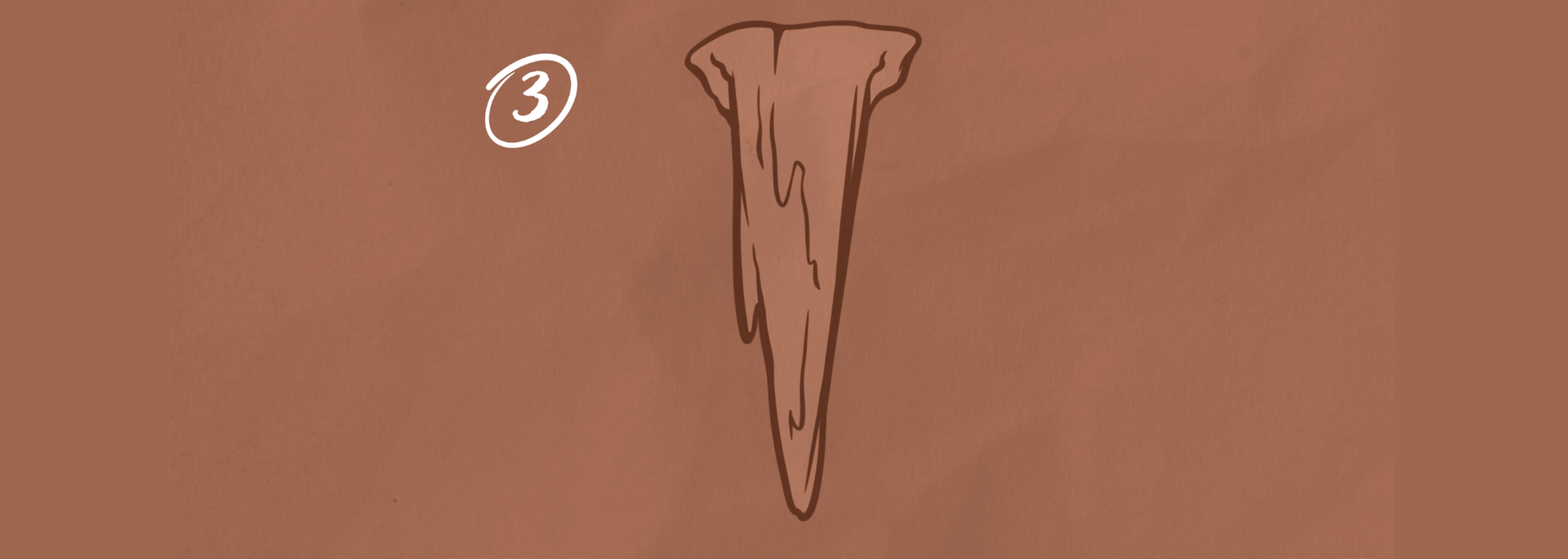
You may want to vary the thickness of your lines to give the stalactite a natural texture. Stalactites are beautiful, but they're far from perfectly formed.
4. Add shading (optional)
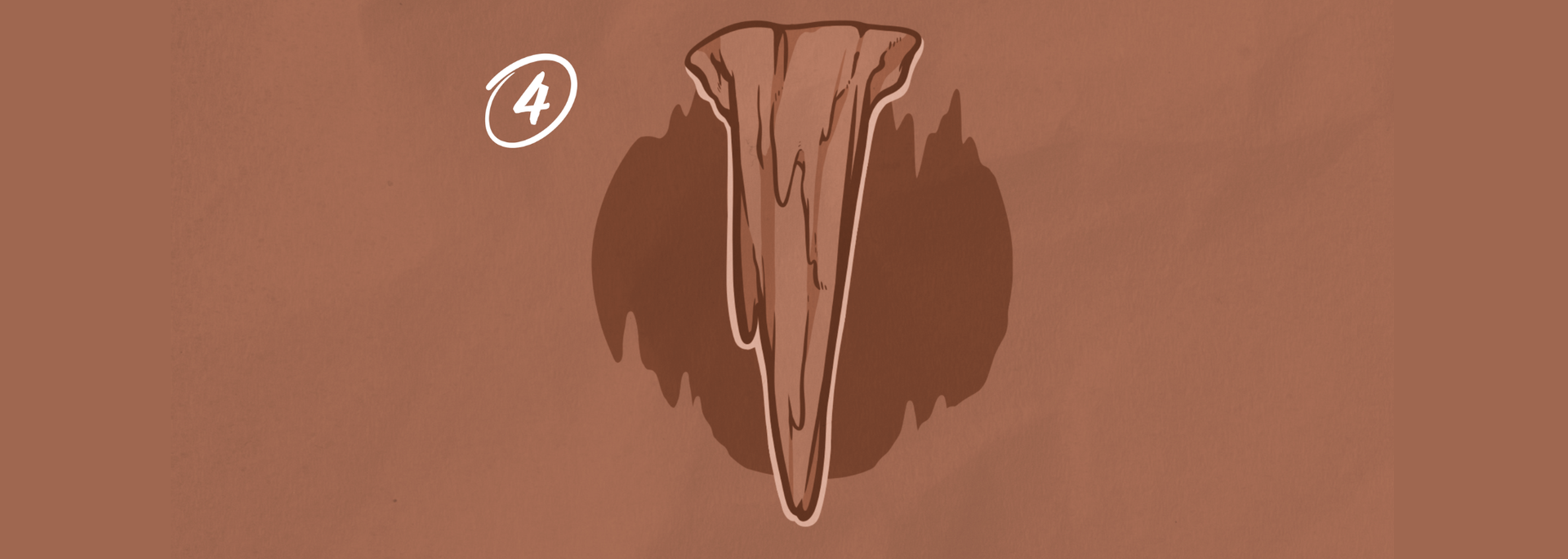
If you're a more advanced drawer, you may want to show light on the surface of the stalactite. To do this, you first need to decide where the unseen light source is. You then need to show the play of light through shading. Don't worry if this seems too hard – it's an optional step.
Drawing a stalagmite
Drawing a stalagmite is very similar to drawing a stalactite. The main difference is that you start from the ground rather than the ceiling and work up rather than down.
The other difference is that stalactites are usually pointed, while stalagmites tend to be rounder and flatter at the top.
What is the difference between a stalactite and a stalagmite?
The big difference is simple: stalactites hang down from the cave ceiling, while stalagmites grow up from the cave floor. Also, stalagmites usually have a flat top while stalactites are pointy.
How do stalactites and stalagmites form?
Stalactites and stalagmites form when rainwater seeps through cracks in the Earth's surface. Over time, the water releases carbon dioxide and deposits calcite on the cave walls, floor and ceiling. These deposits eventually turn into the kinds of rock formations you can see at Stump Cross Caverns.
Had fun drawing stalactites and stalagmites? You'll find loads more fun and educational activities here on our website. Or why not book tickets for Stump Cross Caverns and see some beautiful stalactites and stalagmites in real life?

